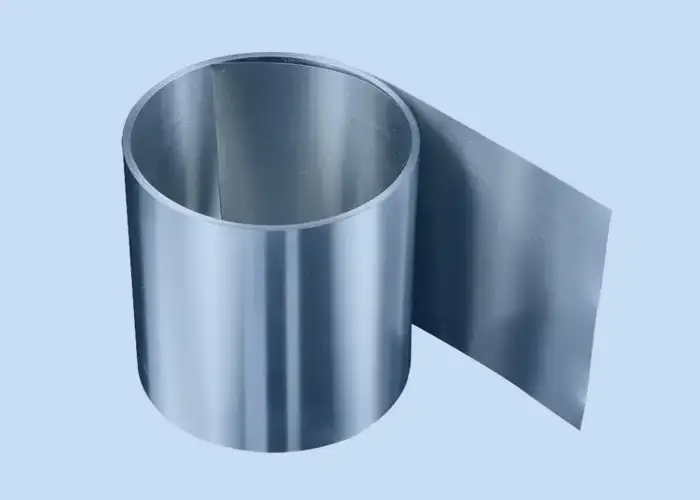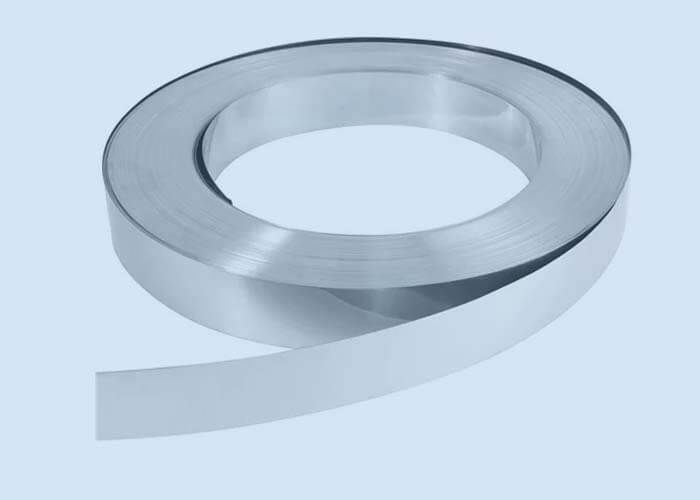Inconel 625
Introduction
Overview of Inconel 625 Alloy
Inconel 625 (UNS N06625 / W.Nr. 2.4856) is a solid solution alloy with high strength and excellent corrosion resistance.
It can be used at room temperature or at temperatures as high as 1800°F (982°C).
Inconel 625 adds molybdenum and niobium elements to Inconel 600. Both of these elements are excellent solid solution strengthening elements. They give Inconel 625 higher strength than similar alloys. In addition, molybdenum is very resistant to reductive corrosion. It also gives the alloy better resistance to severe corrosion.
Due to its excellent corrosion resistance, a typical application of Inconel 625 is marine. Its resistance to localized corrosion (pitting and crevice corrosion), chloride ion stress corrosion, and its excellent fatigue strength make it widely used in marine parts such as propeller blades, exhaust pipes, and fasteners. For ambient temperature applications, Inconel 625 is recommended to be delivered annealed.
In addition, Inconel 625 is also widely used in the aerospace field, thanks to its excellent high-temperature tensile properties and creep strength. Through processing and welding, Inconel 625 can be used in components such as aircraft piping systems, engine exhaust systems, fuel and hydraulic lines, and heat exchanger tubes.
The high temperature properties of Inconel 625 alloy also make it used in heat treatment equipment and chemical industry. Different from normal temperature applications, in high temperature applications, Inconel 625 is generally delivered as solution annealed.
Corrosion Resistance of Inconel 625
Inconel 625 alloy has excellent corrosion resistance due to its highly alloyed composition. It is almost not corroded in common mild environments, such as the atmosphere, fresh water, sea water, neutral salt solutions and alkaline media.
In more corrosive environments, the synergistic effect of nickel and chromium gives Inconel 625 its resistance to oxidizing chemicals.
High levels of nickel and molybdenum increase resistance to non-oxidizing environments. The high molybdenum content also gives the alloy excellent resistance to pitting and crevice corrosion. The presence of niobium can stabilize the alloy to a certain extent and avoid intergranular cracks.
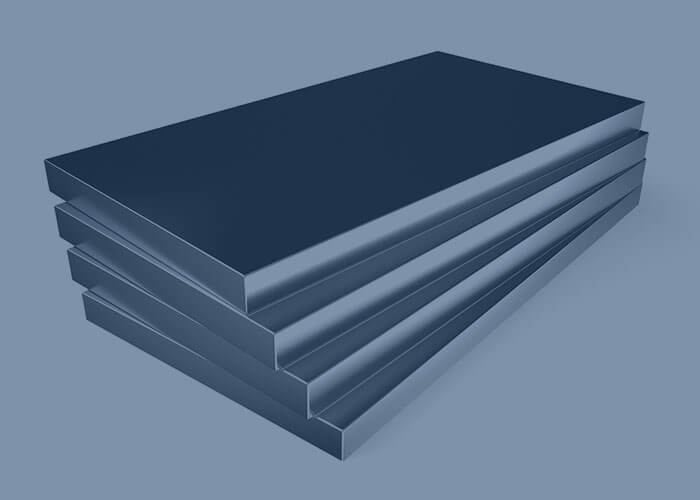
Inconel 625 Alloy Applications
Inconel Alloy 625 can be used in a variety of applications including:
- Aircraft ducting and exhaust systems
- Engine thrust-reverser systems
- Turbine shroud rings
- Bellows, expansion joints
- Gaskets and damper seals
- Motorsport exhaust and clamps
- Weld overlay and spacers for heat recovery systems
- Furnace muffles
- Valve seats and components
Inconel 625 Tags
- UNS Number: N06625
- Werkstoff Number: 2.4856
- Standards: ASTM B443, B444, B446, B704, B705, B366, B751, B775, B829, AMS 5599, 5666, 5837, 5879, 5869, 5581
Inconel 625 Quality Products
Technical Data
| STANDARD | WERKSTOFF NR. | UNS | GOST | AFNOR | JIS | BS | EN | OR |
| Alloy 625 | 2.4856 | N06625 | – | – | – | – | – | – |
| Grade | Standard | C | Si | Mn | P | S | Cr | Ni | Mo |
| Inconel 625 | ASTM B 443/AMS 5599 | ≤0.1 | ≤0.50 | ≤0.50 | ≤0.015 | ≤0.015 | 20.00-23.00 | ≥58.0 | 8.0-10.0 |
| Density | Melting Point | Tensile Strength | Yield Strength (0.2%Offset) | Elongation |
| 8.4 g/cm3 | 1350 °C (2460 °F) | Psi – 135,000 , MPa – 930 | Psi – 75,000 , MPa – 517 | 42.5 % |
Related Resources
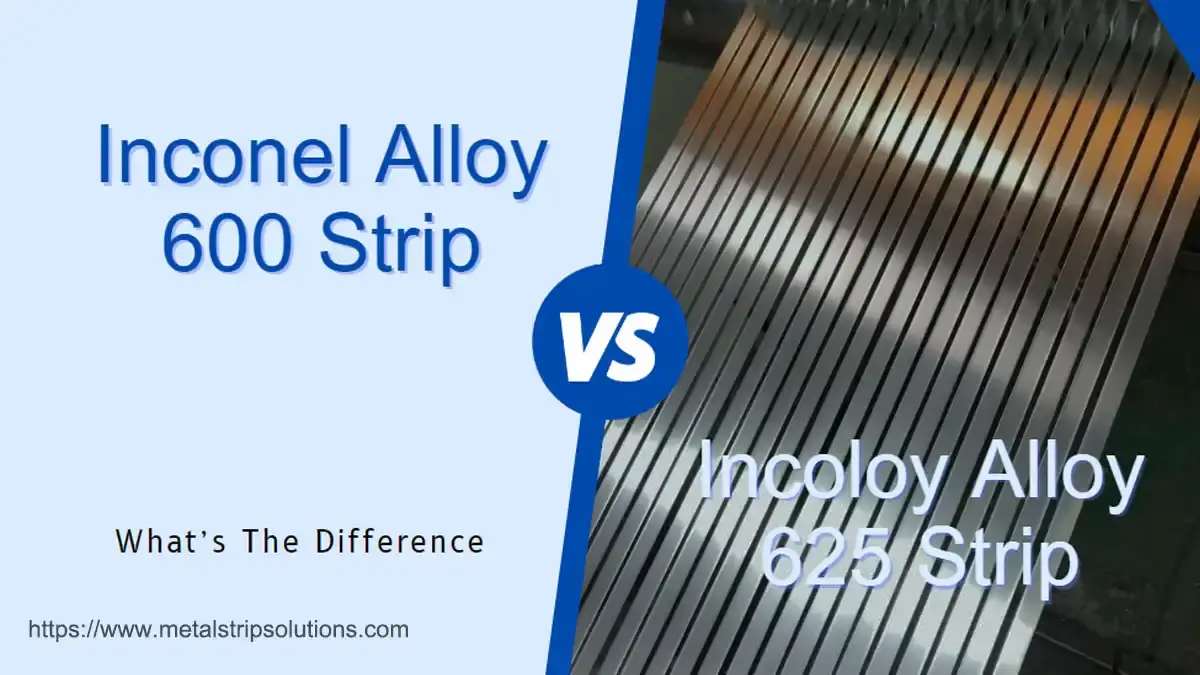
Difference Between Inconel 600 Strip and Inconel 625 Strip
Both Inconel 600 strip and Inconel 625 strip are solid solution strengthened Inconel alloys strips. Due to some chemical composition differences, these two alloys strips have different corrosion resistance and strength. Determining the suitable choice for your alloy strip project can be perplexing. This article aims to delineate the disparities between these two nickel-based alloys
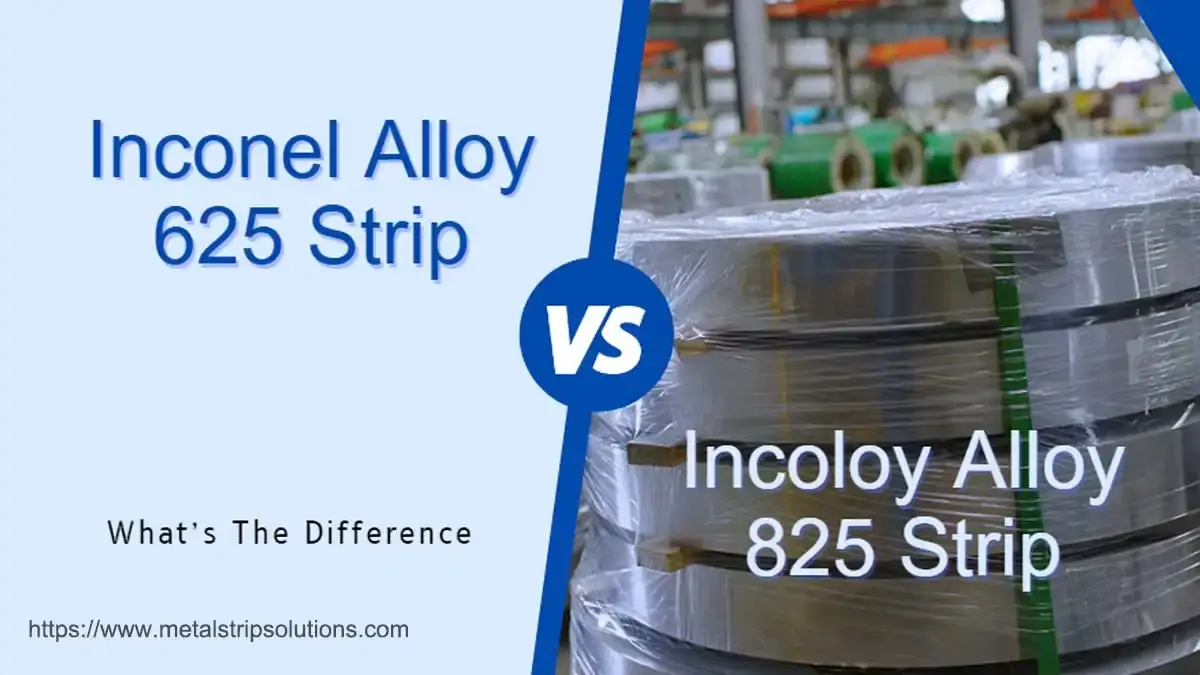
Difference Between Inconel 625 Strip and Incoloy 825 Strip
The article discusses the difference between two nickel-based alloy strips, Inconel 625 strip and Incoloy 825 strip. Both alloys are designed to provide exceptional resistance to many corrosive environments. However, there are distinct differences between the two. Incoloy 825 contains a higher chromium content, whereas Inconel 625 strip has a higher molybdenum content, leading to
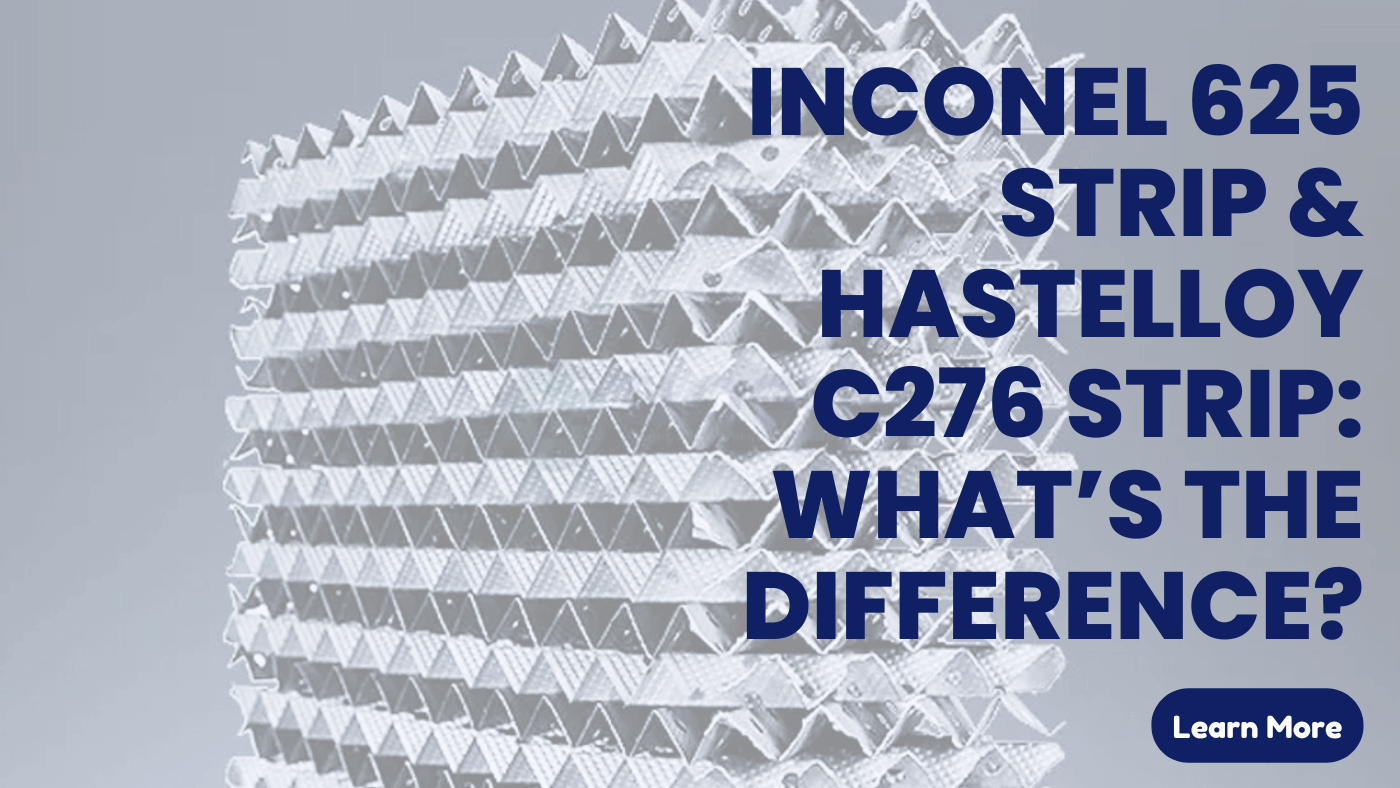
Inconel 625 Strip Vs Hastelloy C276 Strip – What’s the Difference
The article discusses the properties of two nickel-based alloy strips, Inconel 625 strip and Hastelloy C276 strip. Both alloys are composed of nickel, chromium, and molybdenum, providing them with outstanding corrosion resistance and strength. However, there are distinct differences between the two. Inconel 625 contains a higher chromium content, whereas Hastelloy C276 has a higher
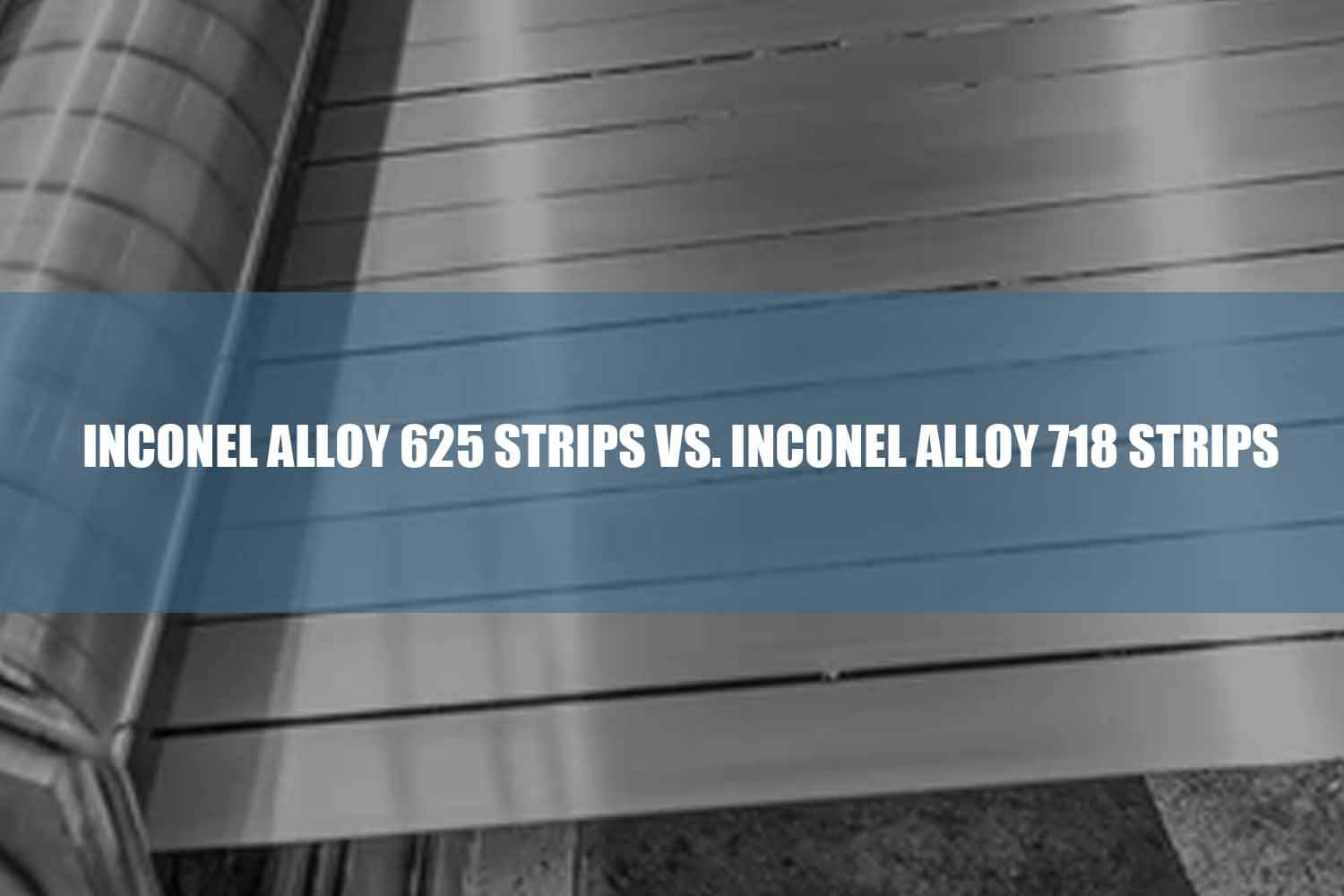
Inconel Alloy 625 Strips Vs. Inconel Alloy 718 Strips
There are several different types of nickel based strips currently available in the market. The inconel alloy 625 strips and the inconel alloy 718 strips are some of the two most popular super alloy strips in the market. These two Inconel alloys strips are mainly used in products that are in need of strong resistance to corrosion,

